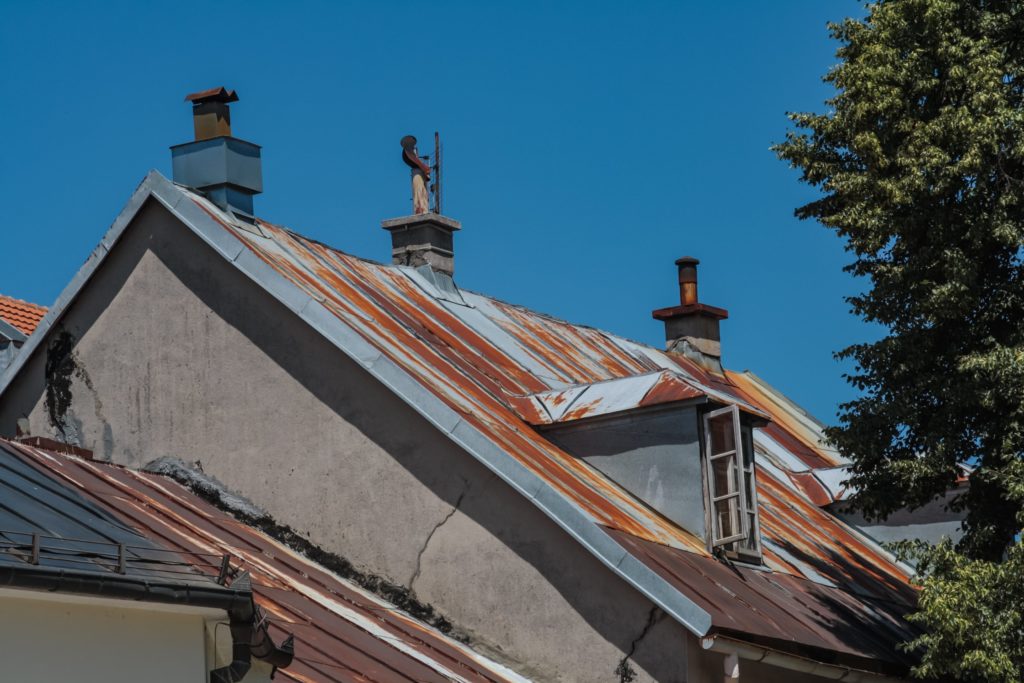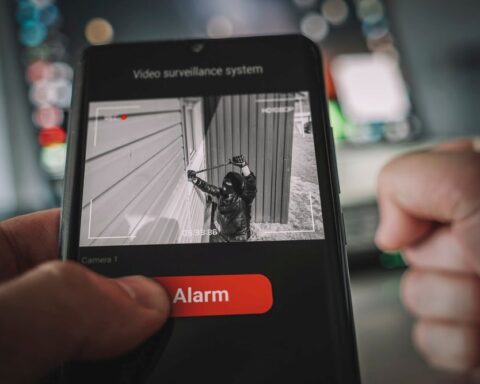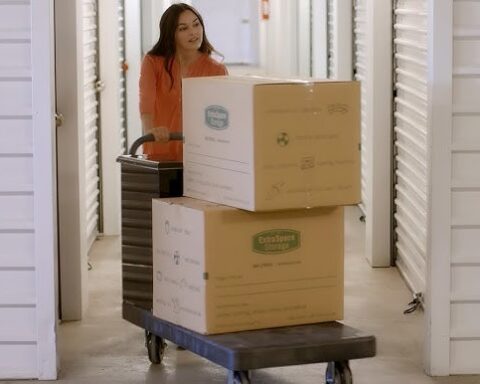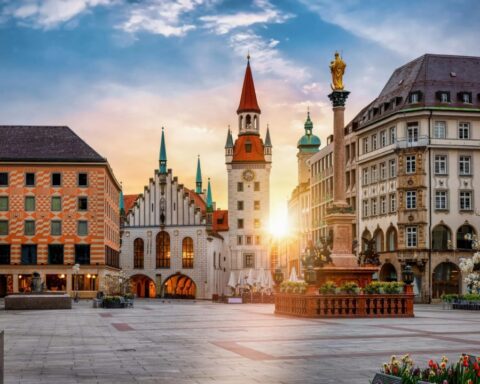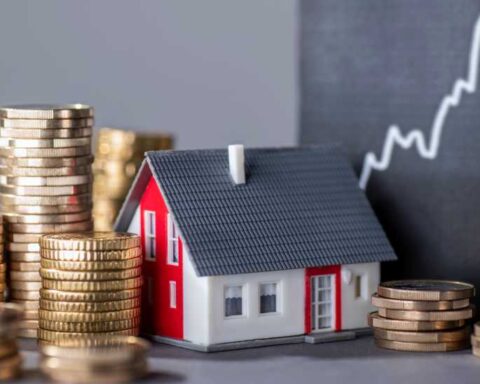espite their reputation for durability and longevity, metal roofs are not invulnerable to the eroding effects of time. Preserving the integrity of these roofs requires an in-depth understanding of oxidation and its insidious nature. Therefore we decided to explore the causes and effects of metal roof deterioration processes, as well as provide practical insights on how to safeguard your investment from its destructive grasp.
Visit this website and learn more about metal roof corrosion.
Impact of External Factors on Metal Roofing Materials
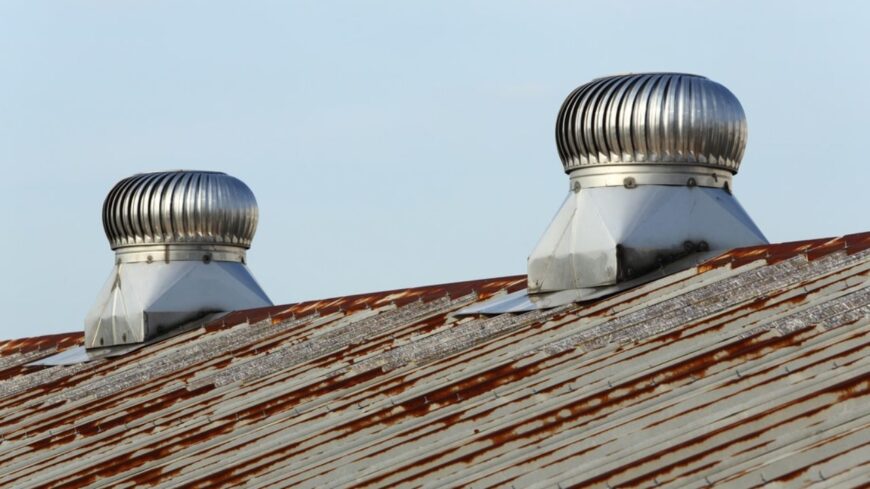
In order to effectively protect your metal roof, it is important to first understand the various materials that make up these structures. The top structure materials can vary, each possessing its own distinct characteristics and vulnerabilities when it comes to oxidation.
One commonly used roofing material is steel, known for its durability but susceptible to rust. Another option is aluminum, which is resistant to rust but can be vulnerable to pitting corrosion. Additionally, there are galvanized and zinc-coated steel roofs that rely on protective coatings to prevent deterioration.
The Stealthy Culprit – Metal Roof Rusting
Rust, the common enemy of metal roofs, is a persistent problem. Detecting its early signs is like finding a hidden spy among your ranks. If left unchecked, rust can quietly spread and compromise the strength and stability of your roof.
How to Identify Galvanic Corrosion on Metal Roofs?
When two different metals come into contact in the presence of an electrolyte, like rainwater, it can result in galvanic corrosion, also known as dissimilar metal corrosion. This type of corrosion can cause one of the metals to corrode at a faster rate. To determine if your metal roof is experiencing galvanic corrosion, watch out for indicators such as white or powdery deposits at the joints and connections between different metals. Galvanic corrosion is a sneaky adversary, so being vigilant is crucial.
Environmental Factors: The Unseen Adversaries
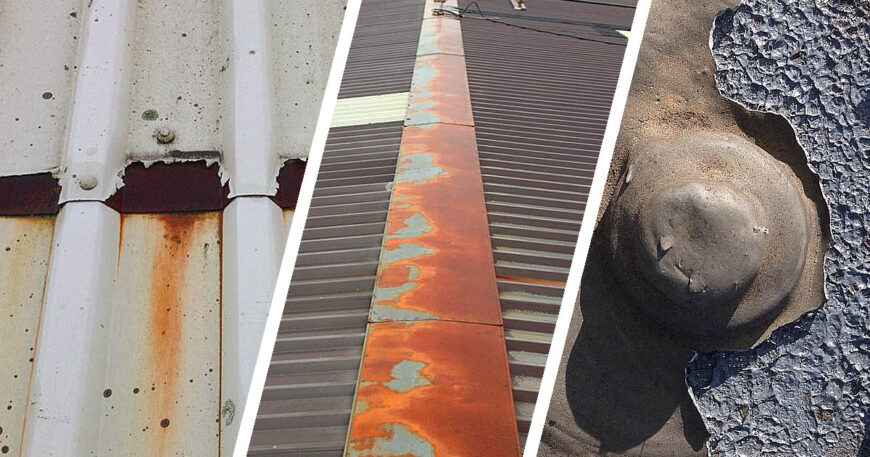
In order to extend the lifespan of your metal roof, it’s important to consider the impact that environmental factors have on corrosion. By recognizing and addressing these silent threats, you can effectively prevent damage and ensure the durability of your roof. Understanding how the environment plays a role in corrosion prevention is key.
Effects of Salt Spray on Metal Roofing Materials
Metal roofs in coastal areas face a major obstacle: salt spray. This salty mist, carried by ocean winds, settles on the surface of metal roofs and slowly erodes their protective coatings. The harmful effects of salt spray are often not immediately apparent and can only be seen once visible damage occurs. This emphasizes the need for proactive measures to prevent corrosion.
Preventative Measures Against Metal Roof Rusting
After discussing the reasons behind corrosion and its consequences, let’s now explore some effective measures to safeguard your metal roof from rusting and other types of corrosion.
Regular inspections are crucial for preventing corrosion on your metal roof. Make sure to schedule regular checks to detect any signs of rust, loose fasteners, or damage to protective coatings.
Ventilation is essential for metal roofs. It helps regulate temperature and humidity, preventing condensation and potential corrosion.
Regularly maintaining the protective coatings on your metal roof is essential. Ensuring they are recoated when necessary can greatly extend the lifespan of your roof.
When installing a metal roof, select materials that are appropriate for your local climate and environment. Some materials are better suited to resist specific forms of corrosion.
Be mindful of mixing different metals in close proximity, as this can result in galvanic corrosion. To prevent this, consider using isolating materials or coatings to separate them.
Keeping your metal roof clean is important to prevent the build-up of dirt, algae, and other contaminants that can speed up the corrosion process. Regular cleaning will help maintain its condition and prolong its lifespan.
Protecting your roof from corrosion is important. One effective method is to apply anti-corrosion treatments, like zinc or aluminum sacrificial anodes. These treatments help safeguard your roof and increase its longevity.
It’s critical to effectively manage the runoff from rain to avoid the accumulation of standing water, which can accelerate corrosion.
Causes of Pitting Corrosion on Aluminum Roofs
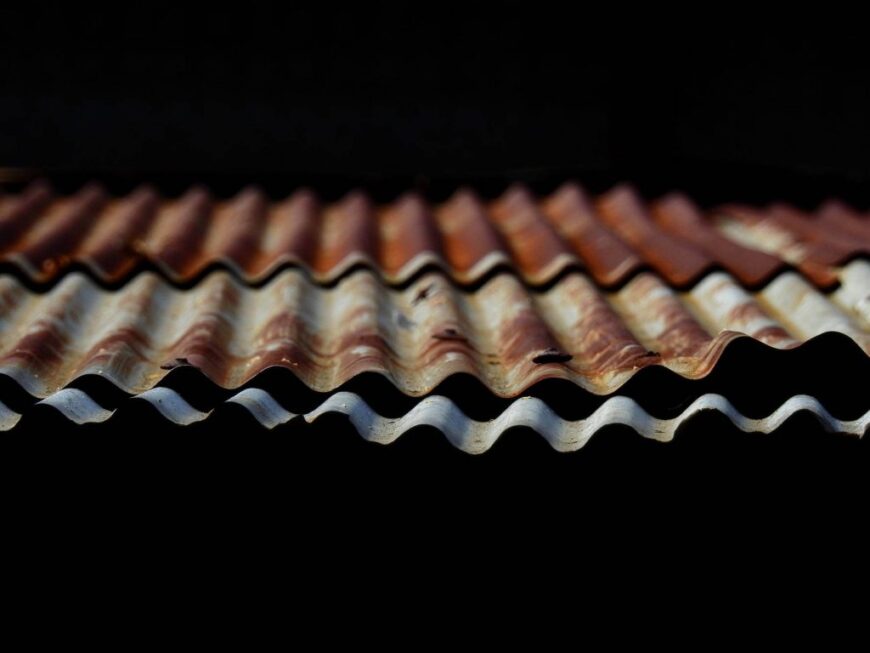
Pitting corrosion is a specific type of corrosion that affects aluminum roofs. It appears as small, localized holes or pits on the surface of the metal. The causes of pitting corrosion are multifaceted:
Chemical exposure, particularly to aggressive substances like acids or alkaline compounds, can cause pitting corrosion on aluminum roofs.
Pitting corrosion commonly occurs in confined spaces or poorly ventilated areas where the supply of oxygen is limited.
The presence of chloride ions, which are often found in coastal environments and road salt, can speed up the process of pitting corrosion on aluminum.
How Do Environmental Factors Impact Metal Roofing Corrosion?
The corrosion of metal roofs is significantly influenced by environmental factors. These factors interact with the material composition and maintenance practices, making it vital to fully understand their impact.
Moisture and humidity created the perfect environment for corrosion. Whether it’s rainwater, dew, or even moisture in the air, these conditions can create an electrolytic environment that promotes corrosion.
Temperature extremes are also the enemy since metal roofs are susceptible to expansion and contraction due to temperature changes. This ongoing movement can cause protective coatings to deteriorate, compromising the roof’s resistance to corrosion.
Airborne pollutants, like those emitted by industries and vehicles, can settle on the surface of a metal roof. These pollutants often contain corrosive elements that gradually degrade the protective coatings.
Exposure to intense sunlight and UV radiation can speed up the deterioration of protective coatings, leaving the metal roof vulnerable to corrosion.
All in all, it is important to protect your metal roof from corrosion not only for its visual appeal but also to maintain its structural integrity. By understanding the causes of corrosion, conducting regular inspections and maintenance, and implementing preventive measures, you can extend the life span of your roof and reap the benefits of having a metal roof for many years. Remember, knowledge is key in defending against this silent threat.

